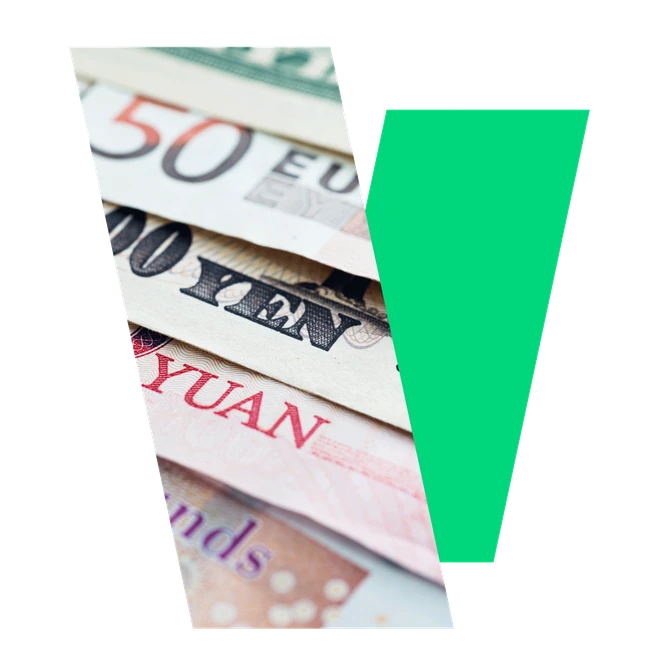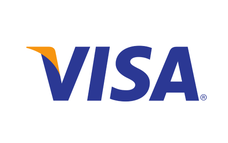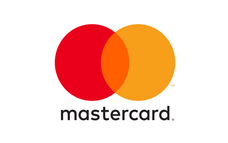When you trade with OANDA, you’ll enjoy competitive spreads and fast execution.
Our spreads on US indices are some of the lowest in the industry. Trade popular indices including the US NAS 100 index, US Wall St 30 index and the US SPX 500 index. We also offer USD/CAD, EUR/USD and GBP/USD with competitive spreads.
Fast execution ensures you are getting the best available price when you trade with us. Our award-winning* trading platform is engineered for reliability and speed.
Earn cash rebates from 5 CAD to 17 CAD per million with our Elite Trader program. Designed exclusively for our high volume traders, this is the program that gives you more, the more you trade.
*Voted Most Popular Broker three years in a row (TradingView Awards 2022, 2021, 2020). Named Best in Class for Research and Ease of Use (ForexBrokers.com 2023 Annual Awards). Voted Best US Forex Broker (Compare Forex Brokers Awards 2023). Voted Best Low Cost Broker (ADVFN International Financial Awards 2023). Voted Best Forex Broker two years in a row (TradingView Broker Awards 2021, 2020). Awarded highest client satisfaction for mobile platform/app (Investment Trends 2021 US Leverage Trading Report, Margin Forex). Awarded highest overall client satisfaction (Investment Trends 2021 US Leverage Trading Report, Margin Forex). Best Trading Tools winner (Online Personal Wealth Awards 2021).

Our pricing is derived from liquidity providers (forex and metals), futures contracts (commodities, bonds and copper) and futures prices in relation to the index (indices). When the markets are moving, your orders are filled at our best available price.

Our pricing for forex and metals CFDs is derived from our liquidity providers - major financial institutions who provide us with available spot pricing for FX instruments and metals. These prices are analyzed by our automated pricing system to generate our midpoint price for each FX instrument and metal CFD. Different groups of liquidity providers are used to derive pricing for different products/instruments.
For exotic FX instruments, we may derive the price from two major/minor currency pairs. For example, the price for the Singapore Dollar/South African Rand FX pair may be derived from the USD/SGD and USD/SAR FX pair prices.

Our pricing for our indices CFDs is not based on the current index level. We derive prices for our indices CFDs from futures prices in relation to the index. By way of example, the standard FTSE 100 Index futures contract has monthly durations and the price level is the anticipated level of the index at the expiry date.
Our pricing system receives index futures pricing feeds from relevant futures exchanges. We review the "top of book" prices (the best actionable prices) (the highest buy and lowest sell) from those feeds and calculate our midpoint price. We use an automated adjustment schedule for each index, which adjusts the price of the relevant index futures at the date of the transaction based on changes set out in that schedule.

Prices for our commodities and bonds CFDs are derived from futures contracts in relation to the commodity or bond. The price shown for trades (positions) in commodity CFDs is not a direct reflection of the futures price for that commodity. Instead, it is based on the futures market price for that commodity, plus a discount or premium.
Our automated pricing system receives futures pricing feeds from relevant futures exchanges. Prices for our copper CFDs are derived in the same way as our commodities and bonds instruments.
It's easy to fund your account using one of the following payment methods.




Find out how financing costs are calculated.
Constituent stocks of an index will periodically pay dividends to shareholders. When they do, this impacts the overall price of the index, causing it to drop by a certain amount. We may make dividend adjustments if a dividend is scheduled to be paid to the holders of the underlying instrument. These adjustments are normally made on the ex-dividend date.
When there’s a dividend payment, this is normally reflected in the index CFD price. If you have an open position at the time of a dividend adjustment, we’ll ensure that there is no material impact on you by either crediting or debiting your account with the same amount that your unrealised profit and loss has been impacted.
For example:
Long positions
Let’s assume UK100 (FTSE) is trading at 7,167.95 GBP. If you are long 20 units of UK 100 and a stock in the index pays out a dividend that equates to 5 index points, the index value would drop to 7162.95 GBP.
The dividend adjustment would be:
= index dividend points X no. of units of the index CFD held
= 5 X 20 = 100 GBP
This will be credited to your account post home currency conversion
Short positions
Let’s assume US SPX 500 (S&P500) is trading at 2,989.69 USD. You are short 10 units and a stock in the index pays out a dividend that equates to of 0.890 index points.
The dividend adjustment would be:
= index dividend points X no. of units of the index CFD held
= 0.890 X 10 = 8.90 USD
This will be debited from your account post home currency conversion. You will be able to see OANDA's dividend adjustments on your Transaction History and Statements.
With over 25 years of experience, the OANDA Group offers leading tools, powerful platforms and transparent pricing.
Trade forex CFDs
Take a position on over 68 forex CFD pairs using our OANDA Trade platform and MT4 and TradingView.
Understanding financing costs
Financing costs can affect your cost of trading, so it's important to understand how financing works.
Our spreads and margins
For retail clients, our margin rates start from just 3.3% on EUR/USD and 5% on AUD/USD.
